Eduard Tempest T.T.Mk.5, 1/48, 'A Jet Age Training Aide'
A long time ago I completed a dual build of Eduard's Royal Class Tempest Mk.V set, it was among the first airbrushed models I did and I was very proud of the jump in quality between those Tempests and the builds prior. That set, like all the other old Royal Class boxes, came with a tonne of decals. I decided to build a Tempest representing one at the beginning of it's career in 1944, and one as it would be seen in the final days of the war.
In that set was a really informative book, and plenty of pictures of 'silver Tempests' seen in the post war, I knew I really wanted to do one of those schemes provided so I saved the decals. Originally I was going to do a truely bare-metal machine belonging to some Squadron Leader in 1946, but after having another visit to RAF Hendon museum (which has the only surviving complete Tempest Mk.V) I decided instead to do a target tug Tempest like they have with the decals and resin parts saved from that Royal Class set.
Some History
The Tempest started development as the Typhoon Mk.II and was intended to streamline the design, remove problematic features such the incredibly thick and drag inducing wing, and overall improve performance. It was quickly decided that the design had enough changes that it deserved it's own name, and thus the Tempest was born. 6 variants of the Tempest were trialed, each referring to a different engine used. The Tempest Mk.II, with the Bristol Cerberus engine, was the best performing of the variants but major teething issues prevented it being ready in time, so it was decided instead of waiting for the perfect engine that the Tempest Mk.V, with a Napier Sabre engine, should be put in production instead.
The Tempest Mk.V entered service in time for D-Day, and with such good performance particularly at low altitude it was used extensively as a V-1 interceptor being one of the best performing aircraft at low altitude. The Tempest would go on to achieve a very successful combat record and could be argued to be the best British aircraft of the war.
Just as the war ended the Tempest Mk.II had began to enter service, the RAF unsurpingly began to shrunk in size, however the Tempest Mk.II being the best performing fighter at the time made the cut to continue production in the post-war until the new and exciting jets could enter service in large numbers. This left the RAF with a large number of aircraft destined for the scrap yard, the Tempest Mk.V among them.
It was realised however that the current target tug aircraft were primarly exceedingly slow aircraft that were in no way suitable for training pilots in engagements involving the speed of jets. And with all these Tempests laying around waiting the scrapyard, why not turn these blisteringly fast piston fighters into the target tug the jet fighters needed. Starting in 1948 around 100 airframes were converted from Mk.Vs to TT.5s, with the necessary equipment required of the role.
Whilst a winch system was developed, it was never used beyond testing. The Tempests would simply take-off with the target flag laid out behind them on the ground, and then detach the flag over a predetermined point once the training sortie was completed so it could be evaluated. These aircraft sported a highly visible scheme of yellow and black undersides, and painted aluminium uppersides with yellow identification bands.
All in all this allowed the Tempest Mk.V to have an impressive decade long career in the RAF, but by 1954 when they were retired the machines had been worked hard. High speed sprints during sorties, used regularly for years, and this can be seen in few photographs of the target tugs I can find where exhaust staining stretches far down the fuselage, panels can be seen in different colours indicating replacements, and an overall dirty appearance for a post-war machine.
The Build
Eduard's Tempest Mk.V annoyed me a little when I first did it and it annoyed me a little when I did it this time, not because it is bad but because it is so close to being perfect but unfortunately trips at the finish line due to some weird design decisions. As far as I'm aware a number of these mistakes, such as the really strange positioning of join seams, were ultimately fixed in Eduard's newer Tempest Mk.II though I haven't built it myself to confirm. One big annoyance is that the clear parts for the lights do not fit in the slightest , this was pretty annoying but I ended up making quick and dirty replacements using Micro Crystal Klear.
One thing I hear a lot is that the cockpit/canopy time is really difficult to get right, I heard this being among one of the most complained about parts of the build but after 3 of them done now I'm still yet to encounter what the issue is here. I definitely don't like how the they approached the propeller (I rarely do like how eduard approaches propellers to be honest), but rather than try and scratchbuild a solution like previous builds I left it as is on this one due time constraints.
Speaking of which, this was a nice quick build in the end. Paint work was very simple, the masking for stripes wasn't hard at all, and the upper surfaces were just sprayed with two different MRP paints. There could be better ways to achieve an aluminum dope paint finish, make no mistake these target tugs weren't bare-metal, but this looks good enough.
Decals were from the old Royal Class as mentioned and went on perfectly, these are Eduard's old style of using cartograf which was a nice blast from the past to use again. A couple of extra resin bits, included in that Royal Class set, were used to give the aircraft the extra equipment needed to tow the target.
Weathering was really where some personality could be shown. Long thick and dark exhaust stains, oil steaks snd oil weathering to make it appear used and dirty. Of course a pilot was added, this notably was a super cheap 3D printed one I found online. It lacks detail, but it does have two things I appreciate that resin pilots don't. 1, the pilot is wearing his oxygen mask. 2, it actually exists to buy where most resin pilots are going the way of the Dodo.
Overall it was a real fun and quick build, and Eduard's Tempest Mk.V is a pretty cheap price. I'm still tempted to get yet more Tempest Mk.Vs in order to do a true bare-metal aircraft as appeared flying over post-war Germany, but that being said I am overdue on giving the Tempest Mk.II a try.
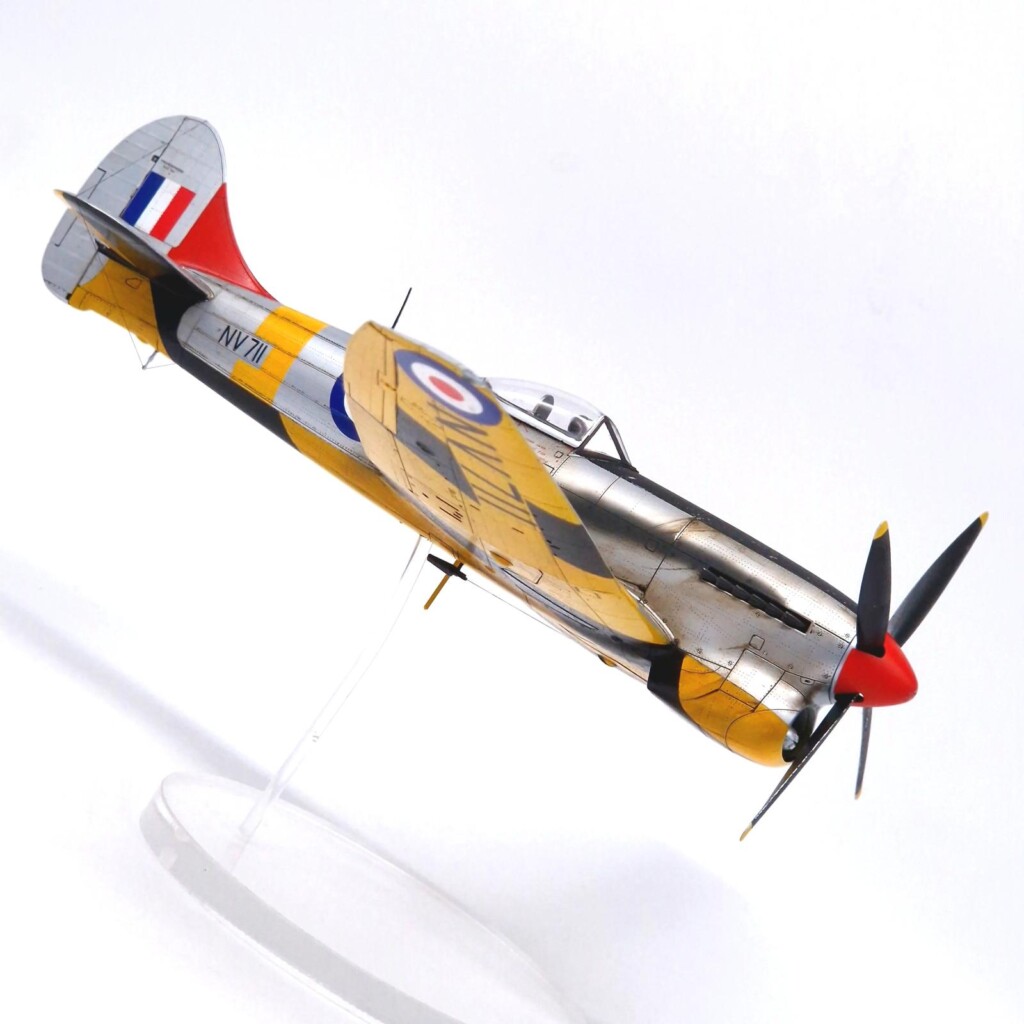
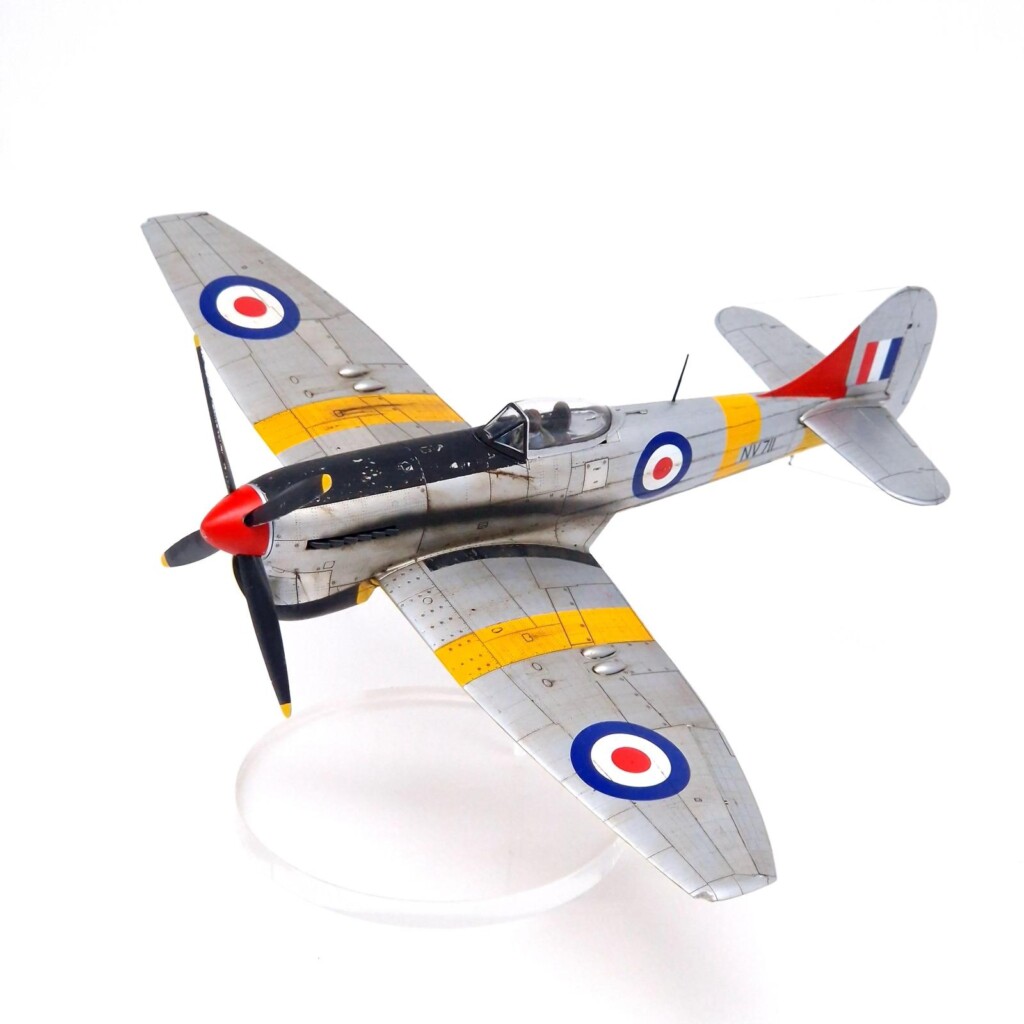
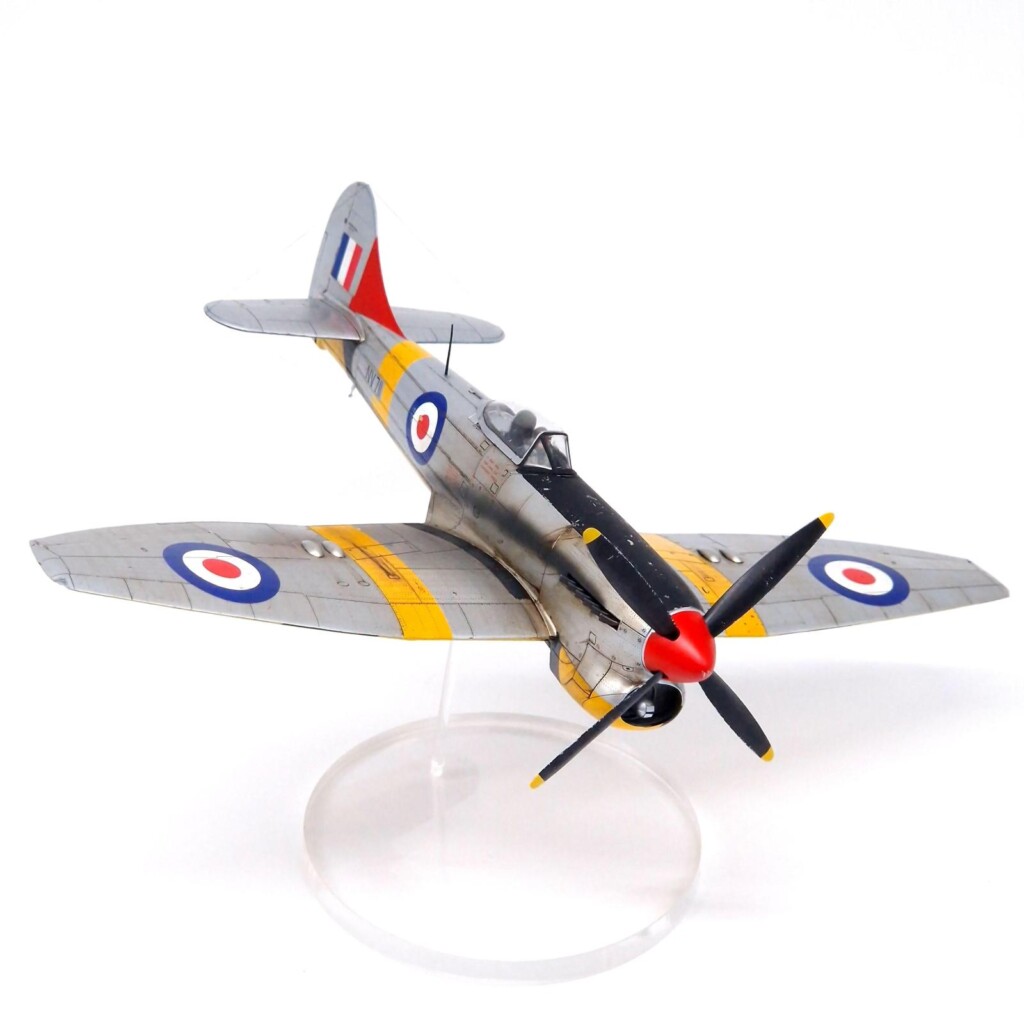
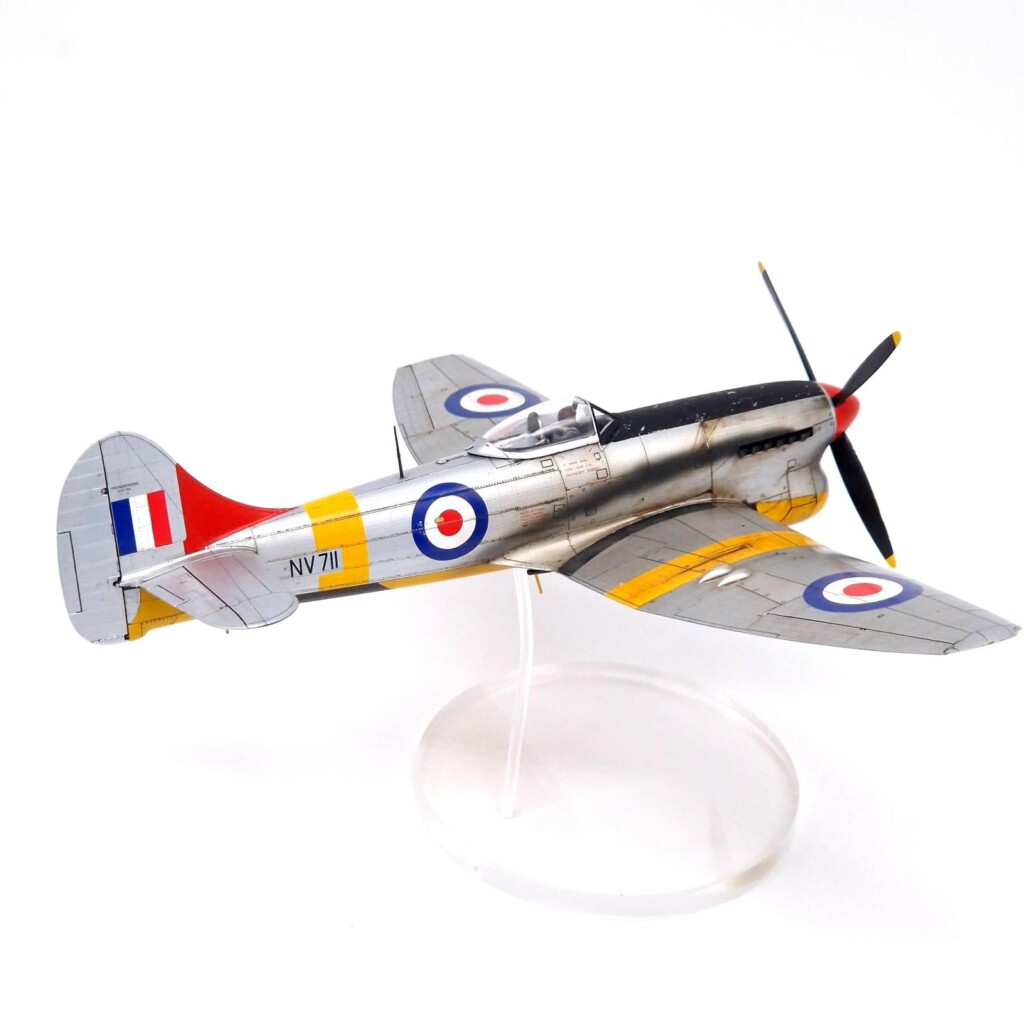
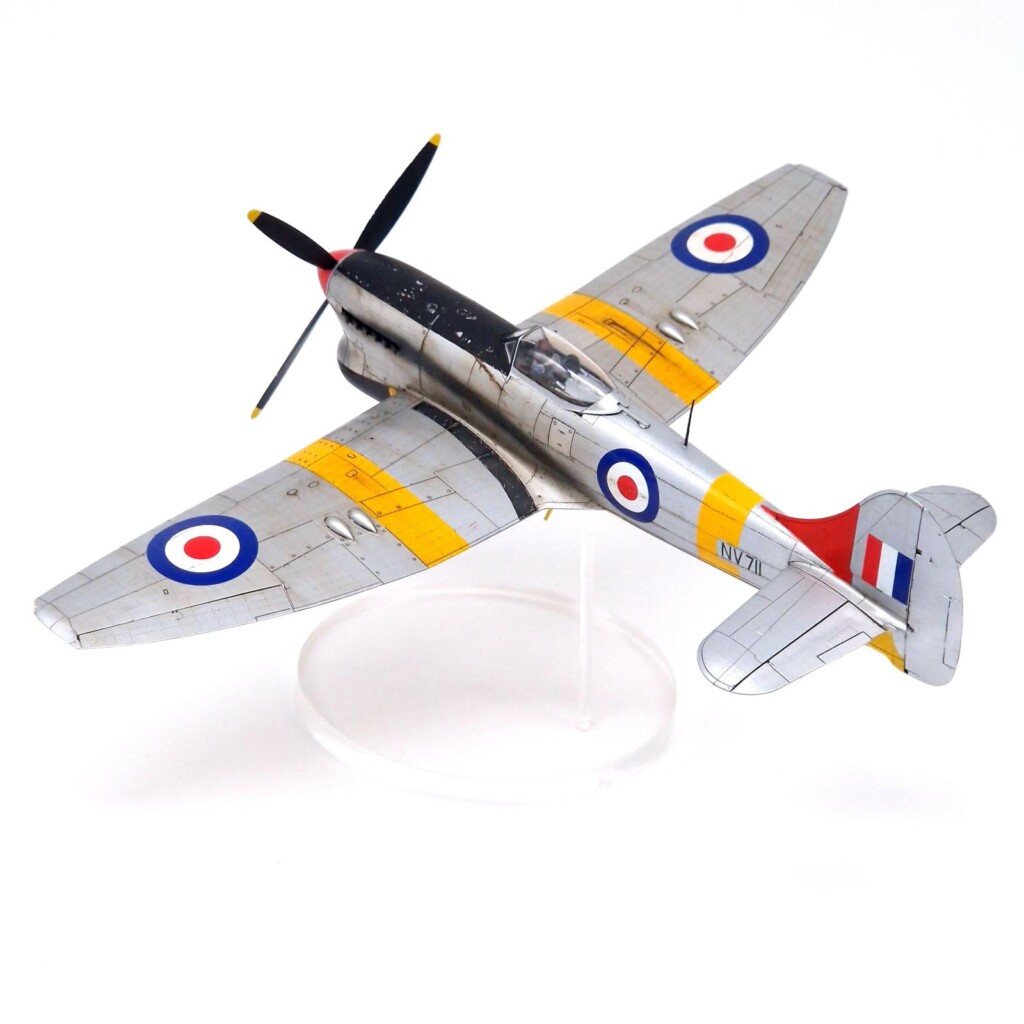
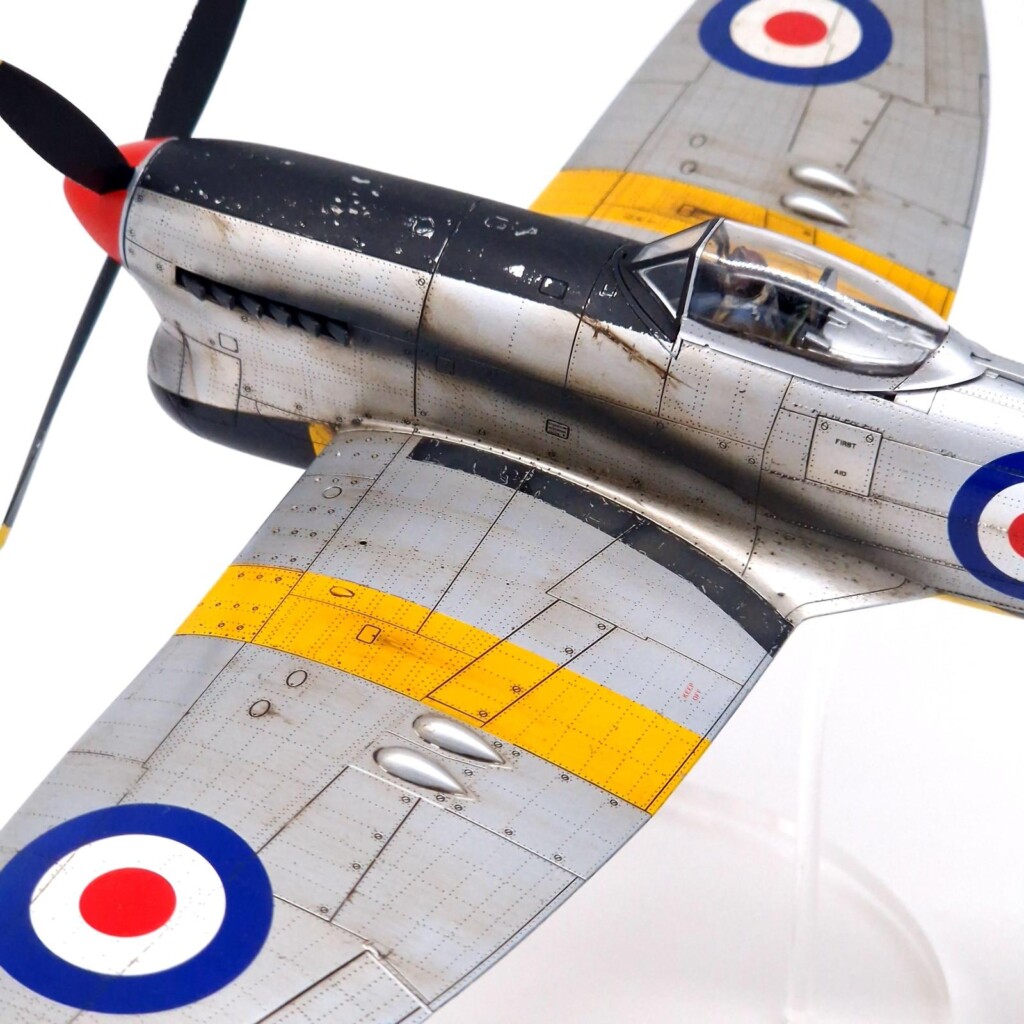
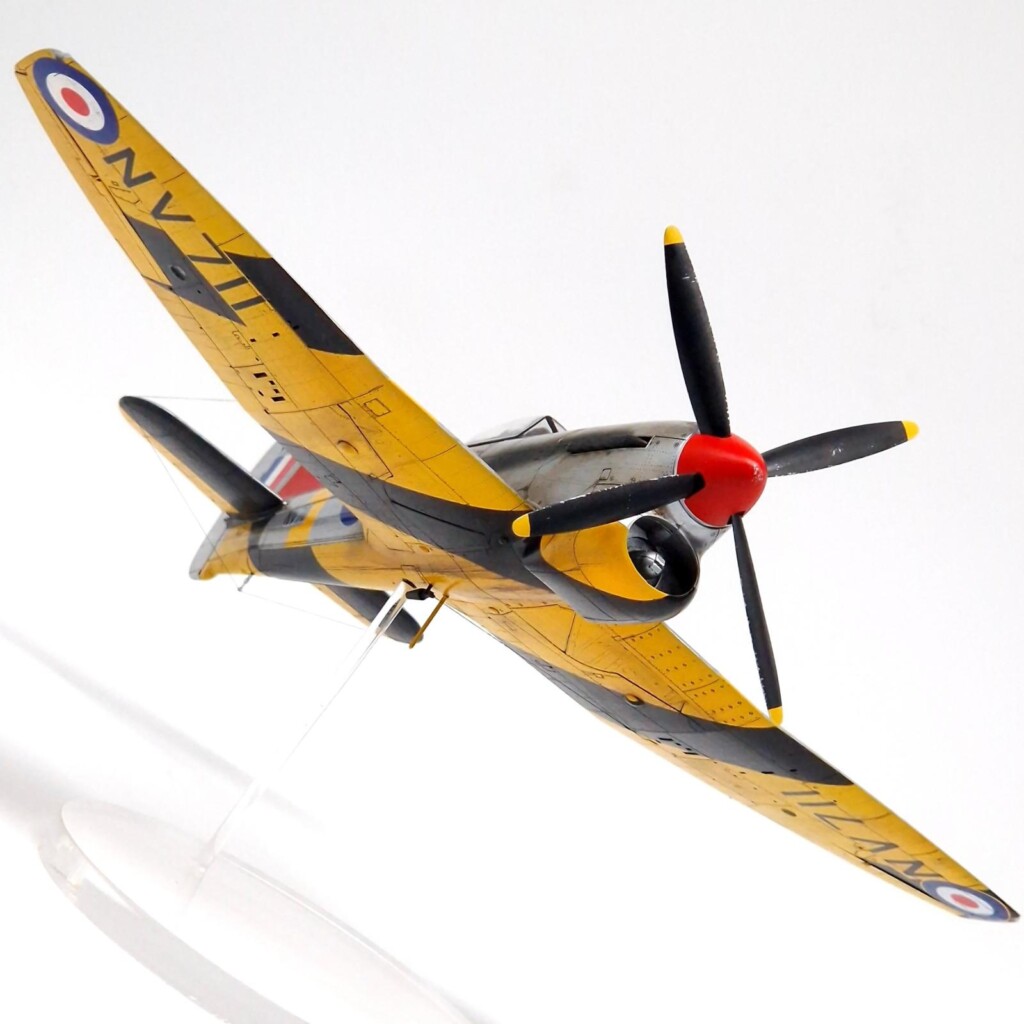
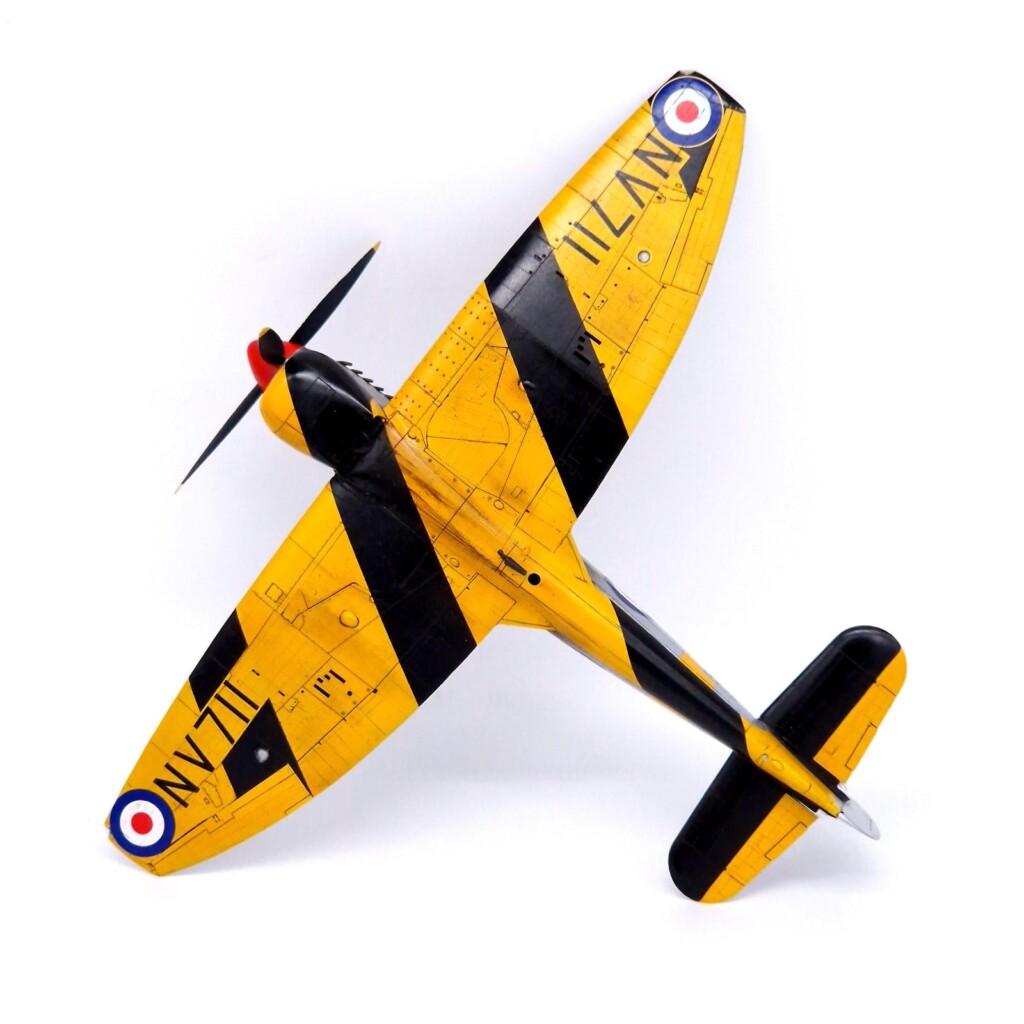
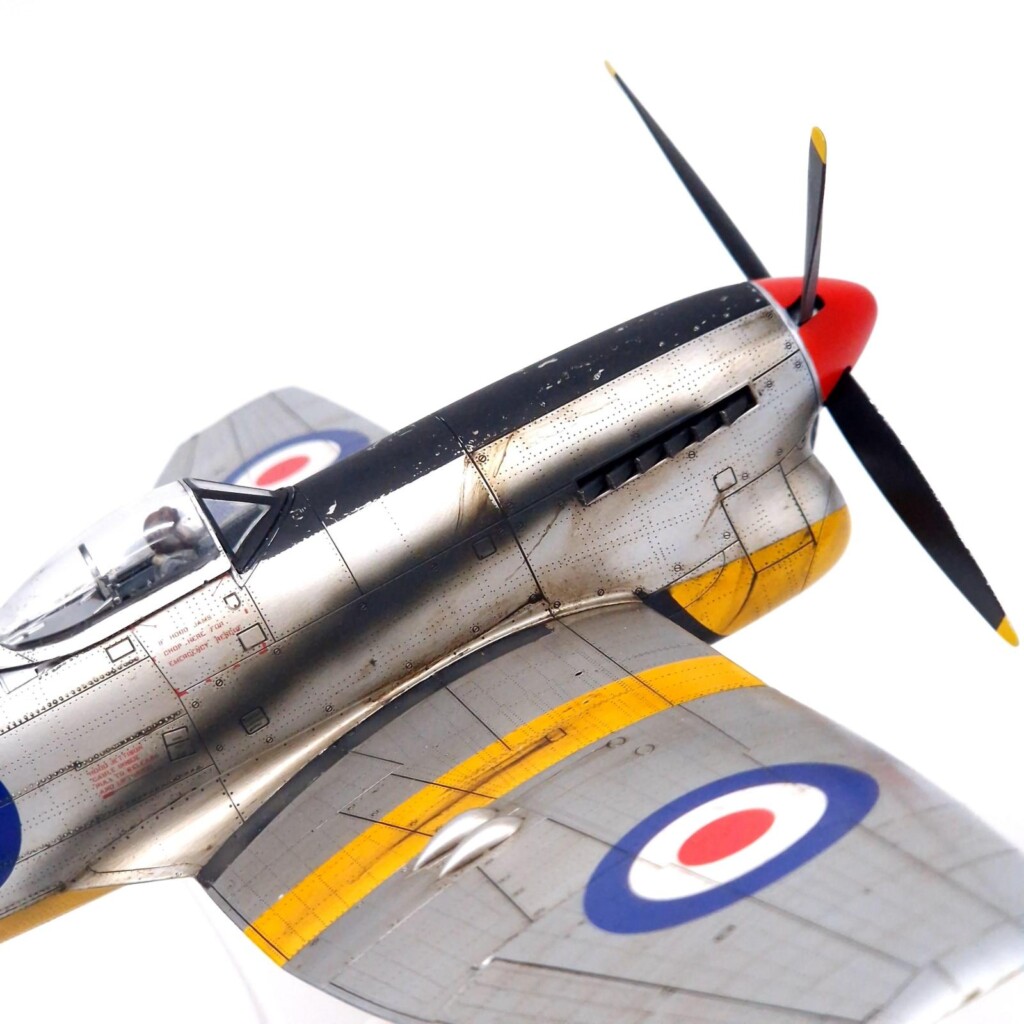

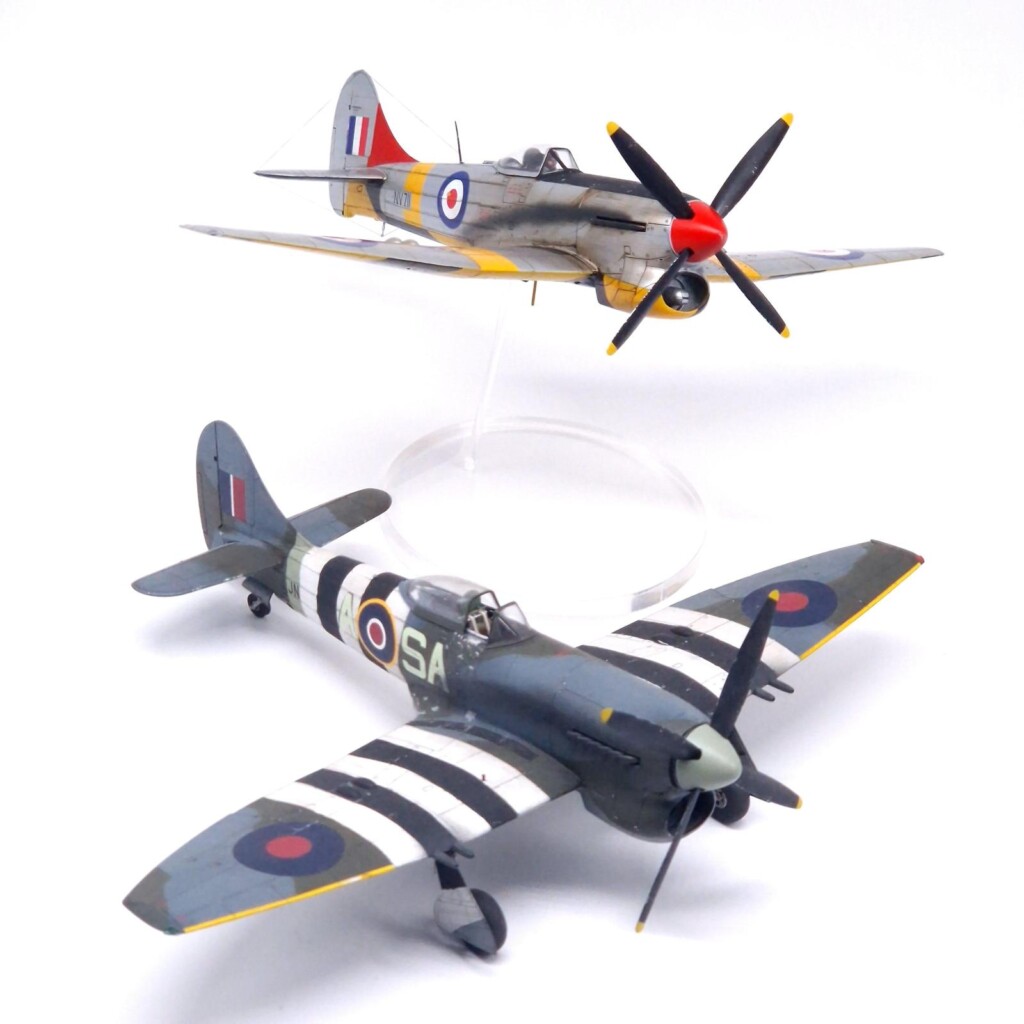
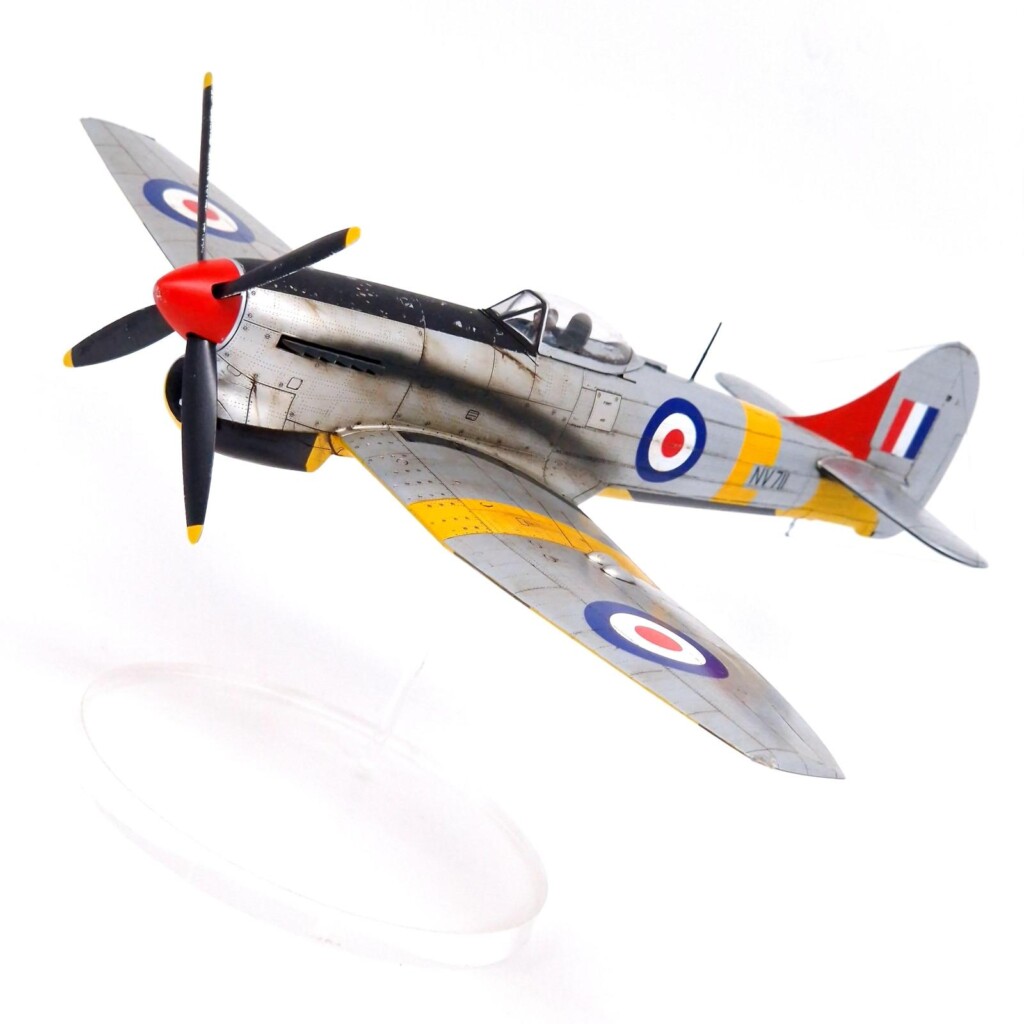
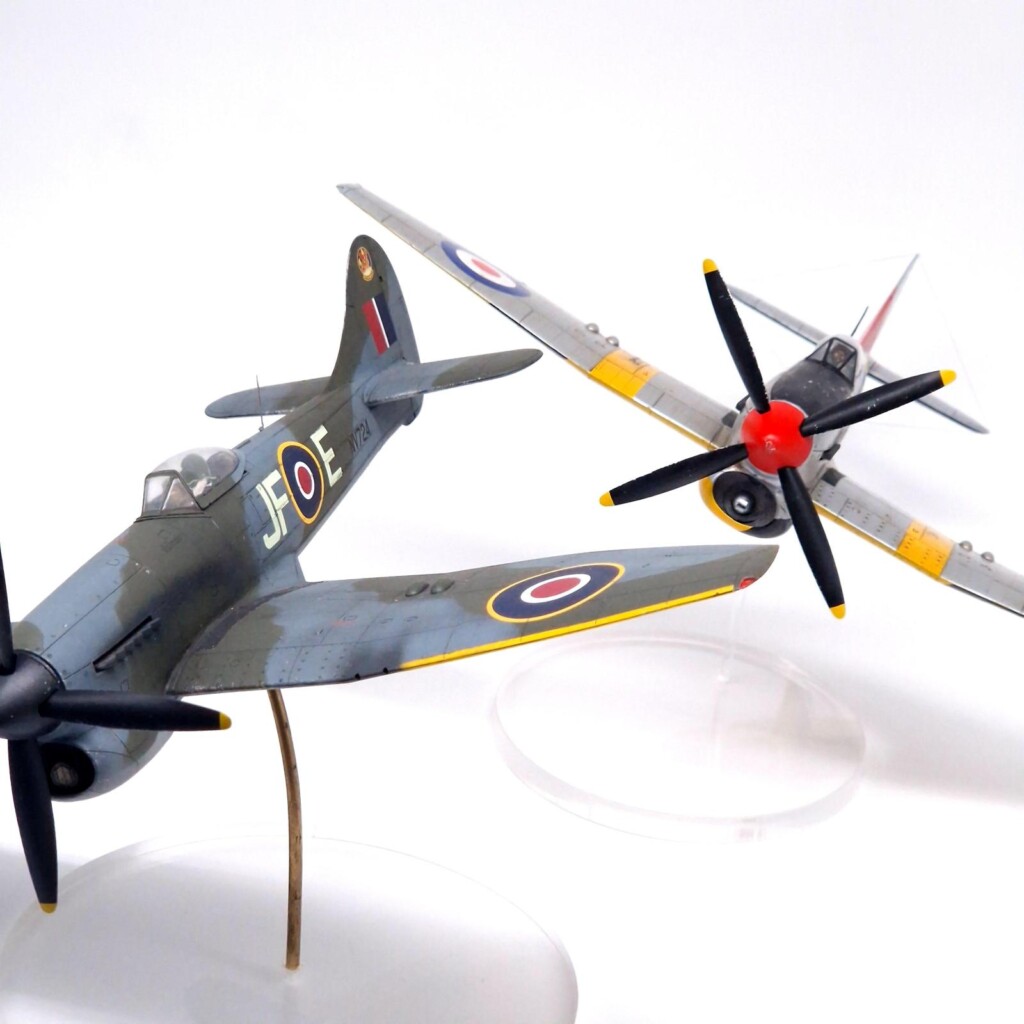

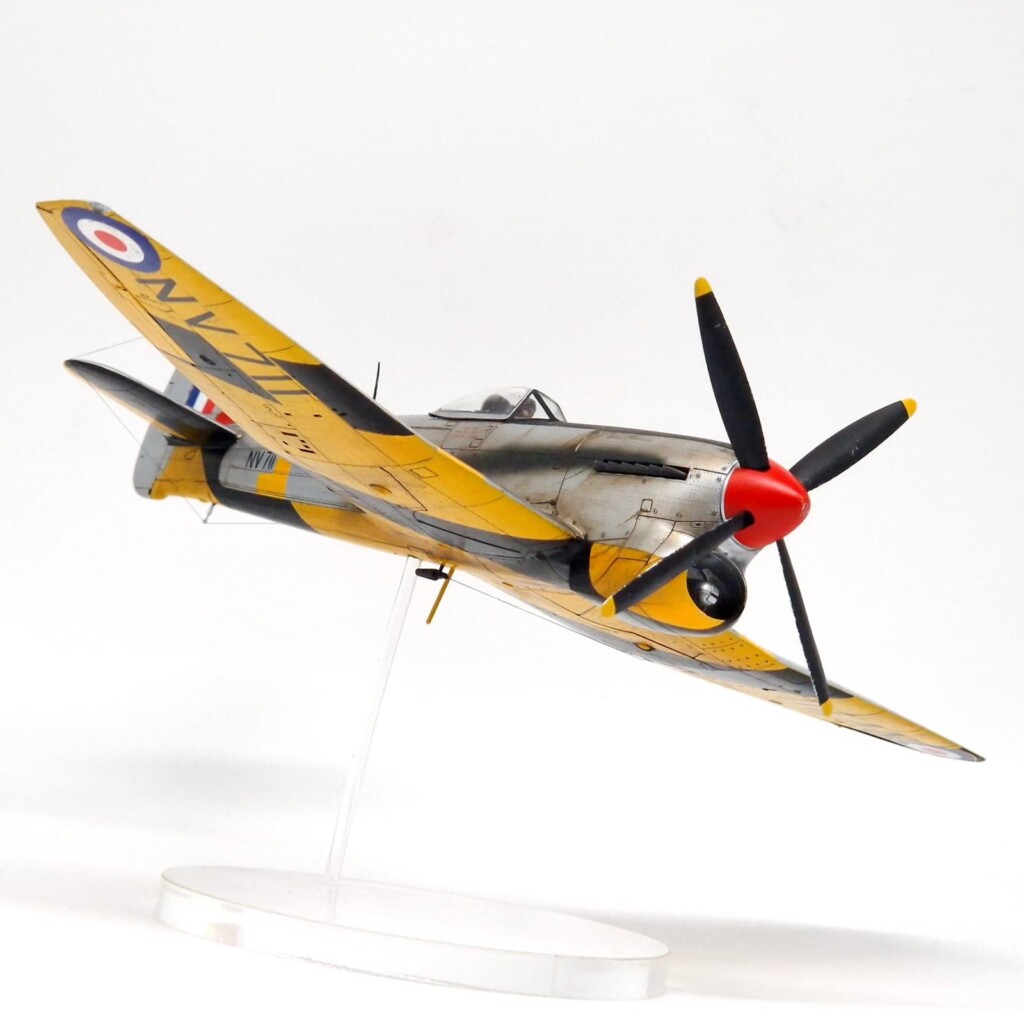
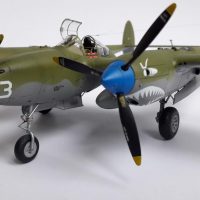

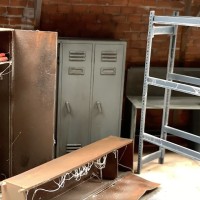
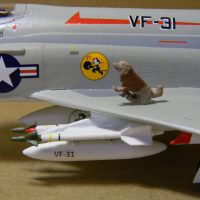
Wow, Harvey @scalerambush, that model is simply sensational. 🏆 What a beauty! I clicked awesome because it is! 😁
Thank you!
There aren't any actually NMF Tempests, @scalerambush. They were all painted High-Speed silver, most of them directly over the original scheme.
This Target Tug looks very nice. You have just the right amount of dirt and wear and tear.
Eduard suggests that a few bare metal Tempest Mk.Vs were out there. SN213 and EJ886 were stripped of paint, and looking at photos compared to the other Tempests you can see a greater deal of panel variation rather than than the monotone silver paint. Originally I was going to do one of those Temps but the yellow underside won over.
Maybe. I wrote a "minibook" for KeyPubs on the Tempest, and looked at a lot of photos, and didn't see one I really thought was NMF. But perhaps I didn't see the ones Eduard saw.
Here's some of the photos from the Eduard book
4 attached images. Click to enlarge.
Fantastic job, Harvey!
A great result, Harvey @scalerambush
Love this trainer scheme.
Thank you!
Marvelous looking Typhoon! In-flight airplanes look so much "natural"
I've noticed your display stands - are those custom made?
Thanks
Thank you, they are simple construction of an acrylic rod and acrylic disc which are cheap things you can get from eBay
Roger that!
Btw have you tried printing 3d pilot figure models?
And about acrylic discs: is it something like this one that you use?
https://www.ebay.com/itm/165640239642?hash=item2690ed7a1a:g:ZMAAAOSw4PJjBJCY
A wonderful Tempest!
A lovely version of the Tempest, Harvey, definitely one of the best looking planes ever.
Gorgeous build Harvey! Love the NMF and colors on this one, and of course your presentation is most excellent.
Whew - that's a beauty! I may have to figure out how to do one of those in 1/72. Fantastic work on the paint and weathering.
That's a fine looking pair - looks good in silver!
Two beauties! Nicely done.
Thanks for sharing these awesome models. The metallic one in particular is an eye catcher.